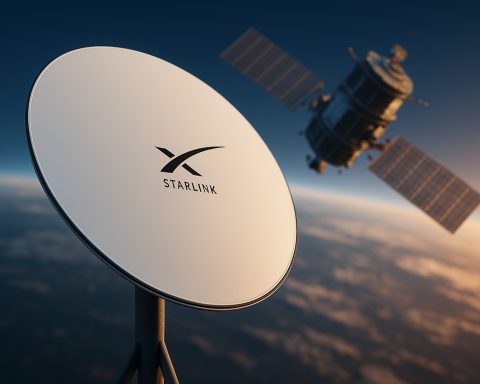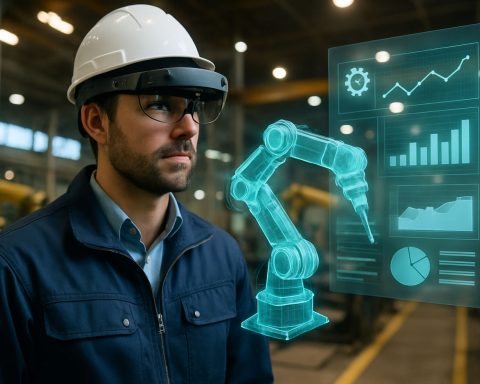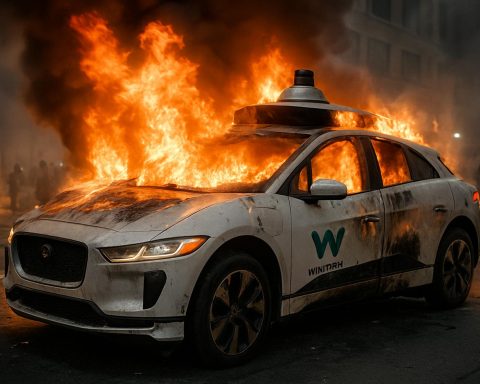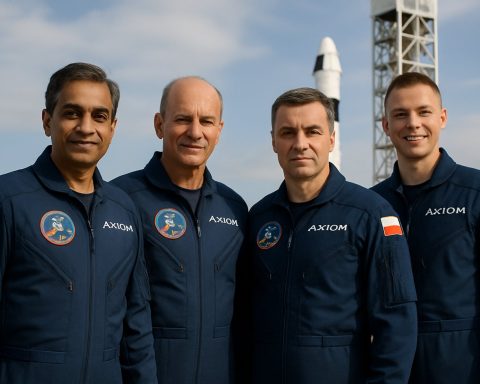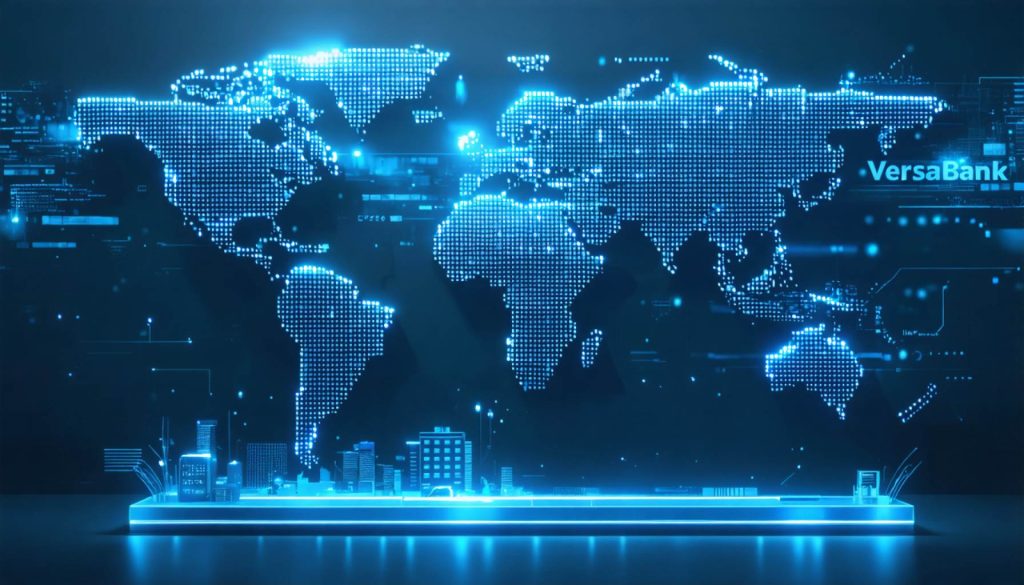- Elon Musk’s ventures, including Tesla and SpaceX, face accusations of environmental negligence despite their green aspirations.
- Tesla has encountered legal issues over hazardous waste mismanagement in California, notably at its Fremont factory, resulting in a $1.5 million settlement.
- Compliance challenges with the Environmental Protection Agency raise concerns about Tesla’s adherence to environmental regulations.
- SpaceX’s regulatory struggles in Texas, including alleged Clean Water Act violations, spotlight the environmental impact of its operations.
- Broader environmental concerns extend to Musk’s other ventures, such as xAi, highlighting the complexity of managing new technologies sustainably.
- Musk’s influence over regulatory practices raises fears of weakened environmental protections and inconsistent enforcement.
- The narrative questions whether technological innovation can coexist with environmental stewardship in Musk’s growing empire.
Elon Musk, the visionary behind Tesla and SpaceX, is celebrated for pushing the boundaries of innovation. Electric vehicles that promise cleaner transportation and rocket ships aimed at transporting humanity to new worlds have become synonymous with Musk’s name. However, peering through the veneer of technological progress reveals a complex narrative of environmental challenges and regulatory clashes.
At the heart of this unfolding drama is a stunning paradox. Musk’s companies, despite their green aspirations, have faced accusations of environmental negligence. Federal investigations and internal records expose a troubling pattern: Tesla and SpaceX have been repeatedly cited for violations ranging from hazardous waste mismanagement to water pollution.
Tesla’s Environmental Woes
In California, Tesla became embroiled in a legal tempest when the San Francisco District Attorney’s Office unearthed disturbing evidence of hazardous waste dumping. The negligence spanned across facilities, including the notorious Fremont factory. Investigators discovered hazardous remnants like used oils and toxic solvents carelessly discarded, raising alarms about public health risks. While Tesla settled these accusations with a $1.5 million penalty, questions remain about the systemic handling of waste.
Additionally, Tesla’s run-ins with the Environmental Protection Agency highlight ongoing compliance challenges. From atmospheric emissions in Fremont to violations of the Clean Air Act, the company’s operational record reflects a contentious relationship with regulators.
SpaceX’s Water Woes
Meanwhile, SpaceX’s endeavors at its Starbase facility in Texas have met regulatory resistance. Alleged violations of the Clean Water Act highlight concerns over industrial wastewater discharges into sensitive wetlands. These issues thrusted SpaceX into the crosshairs of environmental watchdogs, challenging the company’s claims of adhering to environmental standards.
The collision of rocket engineering with ecological stewardship was dramatically illustrated in 2023 when a test flight ended in catastrophe. Shrapnel scattered across protected habitats, and the subsequent rush to rebuild brought further scrutiny over the environmental impact of SpaceX’s rapid advancements.
Broader Implications
Musk’s ventures extend beyond transportation and space exploration. xAi, a company under his expansive umbrella, faced legal battles over unpermitted pollutant releases from data centers. Moreover, the conditions endured by workers in subterranean projects, suffering chemical exposure, cast a shadow over the seemingly glamorous visage of pioneering technology.
Central to this conundrum is the uncertain future of the Environmental Protection Agency. In attempts to reduce oversight, Musk reportedly influenced the formation of a federal agency to cut regulatory constraints, prompting fears of weakened environmental protections. Critics argue that this could lead to inconsistent enforcement, leaving communities vulnerable to pollution.
As Musk’s empire continues to grow, so does the scrutiny of its environmental footprint. The narrative surrounding these enterprises challenges us to reconsider the balance between innovation and responsibility. It’s a global reminder of the delicate synergy required between technological advancement and sustainable practices.
The unfolding saga of Musk’s companies invites a critical question for the future: Can engineering marvels coexist with ecological integrity, or will progress come at the environment’s expense? As the world watches, these industries have the opportunity—and the responsibility—to redefine what it means to lead in a sustainable era.
Unveiling the Green Paradox: Can Musk’s Technological Triumphs Withstand Environmental Scrutiny?
Exploring Tesla’s Environmental and Regulatory Landscape
Elon Musk is often lauded for his trailblazing ventures, Tesla and SpaceX, which promise greener transportation and ambitious space exploration. However, the narrative behind these marvels is entangled with significant environmental and regulatory challenges.
Key Insights:
1. Tesla’s Use of Resources and Environmental Penalties
– Tesla has faced significant scrutiny for environmental violations, particularly at its Fremont facility in California, where hazardous waste management has not only led to health risks but resulted in a $1.5 million penalty to settle claims of mismanaged waste.
– Reputational impacts: Environmental scrutiny affects Tesla’s public image, potentially influencing consumer decisions and shareholder confidence.
2. Compliance and Regulatory Challenges
– The Environmental Protection Agency (EPA) has flagged Tesla multiple times for atmospheric emissions and Clean Air Act violations. This raises concerns over compliance with regulatory standards.
– Maintaining compliance is essential for Tesla to avoid penalties and support its alignment with sustainability goals.
The SpaceX Quandary: Balancing Innovation with Environmental Stewardship
SpaceX, Musk’s brainchild for space travel, has similarly encountered environmental hurdles, notably with water management at its Texas Starbase facility.
Significant Factors:
1. Environmental Impacts of Rocket Launches
– The complex relationship between high-impact technological endeavors and ecological preservation emerged when a SpaceX test flight catastrophically affected sensitive habitats, illustrating the challenges in reconciling rapid technological advancement with environmental protection.
– Public perception and policy-making could press SpaceX to adopt stricter environmental protocols, affecting its operational strategies.
2. Regulatory Allegations
– Alleged violations of the Clean Water Act have put SpaceX under the regulatory microscope, questioning its ecological responsibility in managing wastewater discharges efficiently.
Broader Implications: Ecosystem Influence and Sustainability Concerns
Elon Musk’s ventures extend beyond Tesla and SpaceX to areas like AI and infrastructure, facing criticisms concerning pollutant releases and workplace safety standards. These broader activities highlight vulnerabilities in balancing visionary technology with sustainable practices.
Emerging Questions:
– Can Musk’s companies implement sustainable practices without hindering innovation?
– There is a need for robust sustainability strategies that align operational growth with environmental stewardship.
– What is the impact of reduced regulatory constraints?
– The weakening of agencies such as the EPA due to lobbying from influential figures like Musk poses significant risks of inconsistent enforcement and heightened pollution levels.
Actionable Recommendations
– Strengthening Compliance Systems
– Tesla and SpaceX must implement stringent environmental management systems to ensure compliance and minimize ecological impact. Regular audits and transparent reporting will enhance accountability and build public trust.
– Promoting Innovation through Sustainable Practices
– Investing in green technology and adopting a lifecycle perspective in product development can help Musk’s companies leverage innovation as a catalyst for sustainability.
– Engaging with Stakeholders Proactively
– Involving local communities, policymakers, and environmental groups in decision-making processes fosters dialogue and collaboration, potentially reducing conflicts and enhancing outcomes.
Conclusion
Musk’s enterprises challenge us to rethink the synergy between innovation and sustainability. By embracing comprehensive environmental strategies, these companies not only aim to meet regulatory expectations but also redefine industry standards, showcasing that engineering marvels can indeed coexist with ecological integrity.
For further information on Tesla and SpaceX, visit the official Tesla and SpaceX websites.


